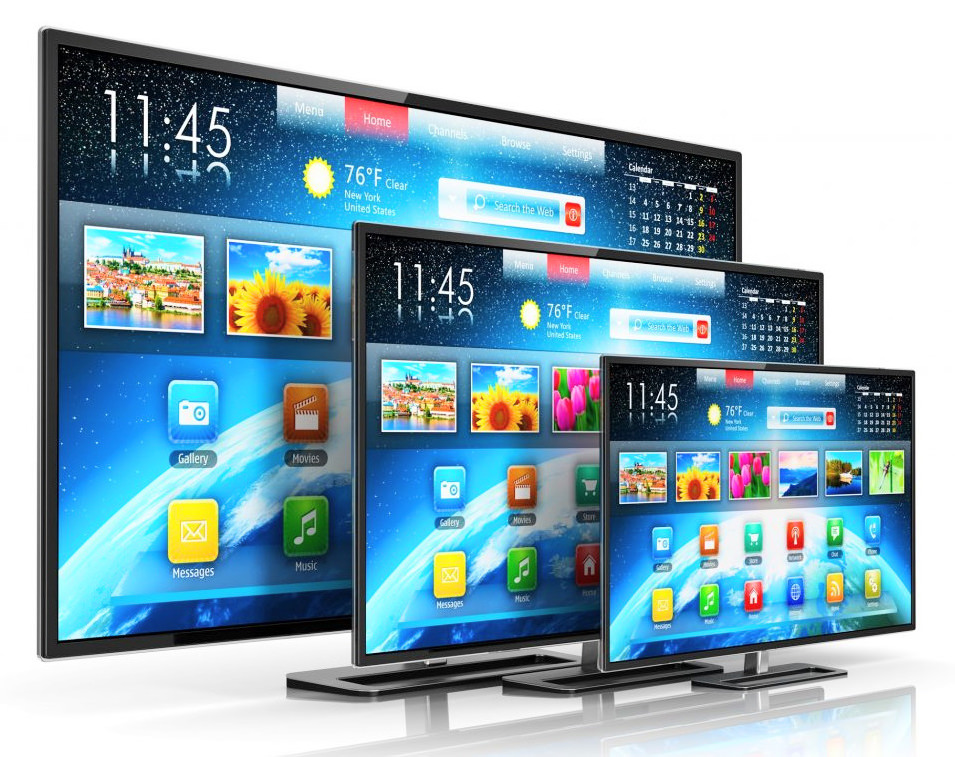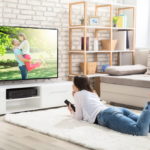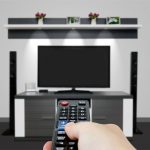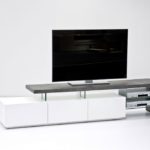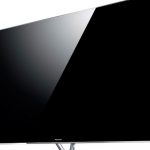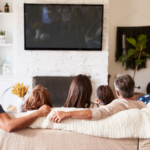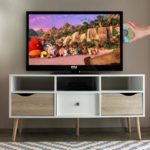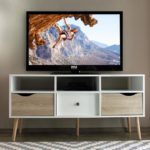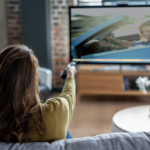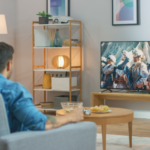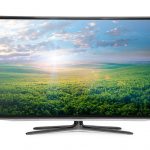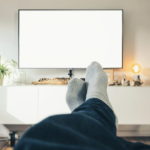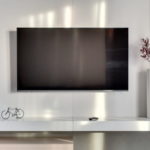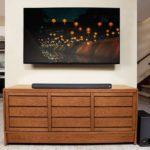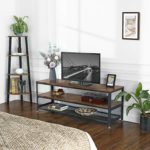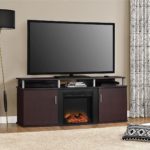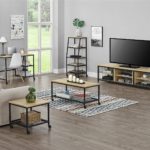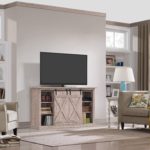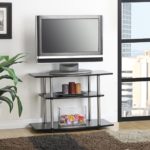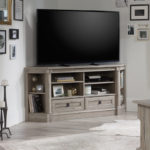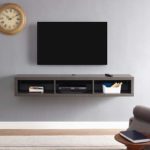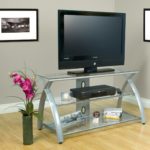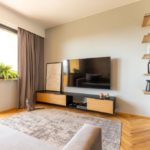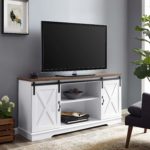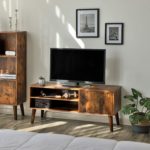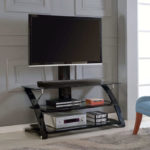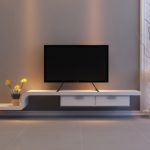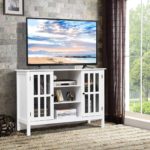The age-old, but fundamental question when you’re considering a new TV is the size – what size is right for you, your requirements and your budget? Too small a screen and you’ll spend your time squinting and arguing as to who gets the best spot on the sofa, and whilst it’s tempting to go big, too large and it’ll dominate the room, with the viewers being unable to take it all in. Find the optimal size for you and your available space, and your viewing experience will be awesome.
TVs are measured in inches and diagonally, corner to corner, excluding the bezels, which with today’s contemporary styling can be almost nonexistent. In the US large 65’’ or even huge 70’’ screens together with 4K capabilities are quickly becoming the norm. But what’s the norm for someone may not be right for you.
Resolution goes hand in hand with room size when it comes to choosing which TVs to consider, with neither taking precedence.
Room Size
The size of your room generally dictates the size of your screen, and as a rough guide, for a 1080p HD TV, industry experts suggest a viewing distance of between 1.5 – 2.5 times the screen size, while for 4K the distance is reduced to approximately 1 – 1.5 times. These guidelines not only apply to TVs in the main family room but, to a lesser extent, second sets around the home.

Placement
There’s also the question of whether you plan to set the TV up on a stand or put it up on a wall. The viewing distance is shortened if you choose the former, as the set sits closer to the audience. Conversely, hanging the screen on a wall can add at least a foot to the viewable distance, even with the screen sitting slightly proud of the wall.
No matter what display technology your TV uses, it will always look best when viewed straight-on, at eye level. If you have to place your screen to the side, consider TVs that have a wide viewing angle, and in general, OLED, developed and manufactured by tech giants LG, are more suited to off-axis viewing.
As an alternative to screens offering wide-angled viewing, installing your TV on an articulated wall mount allows you to move your screen into exactly the right position to please everyone, adjusting its position as the audience placement changes.
Lighting
The glare that can result from lamps and windows makes watching TV, especially if the movie has a lot of dark scenes, nigh on impossible. It can also cause the vibrant colours you paid for look faded and washed out. However, if you can avoid screen glare, the colours will be accurate and realistic, and it will minimise any possible eye strain. Many screens, such as LCD displays, have anti-glare properties.
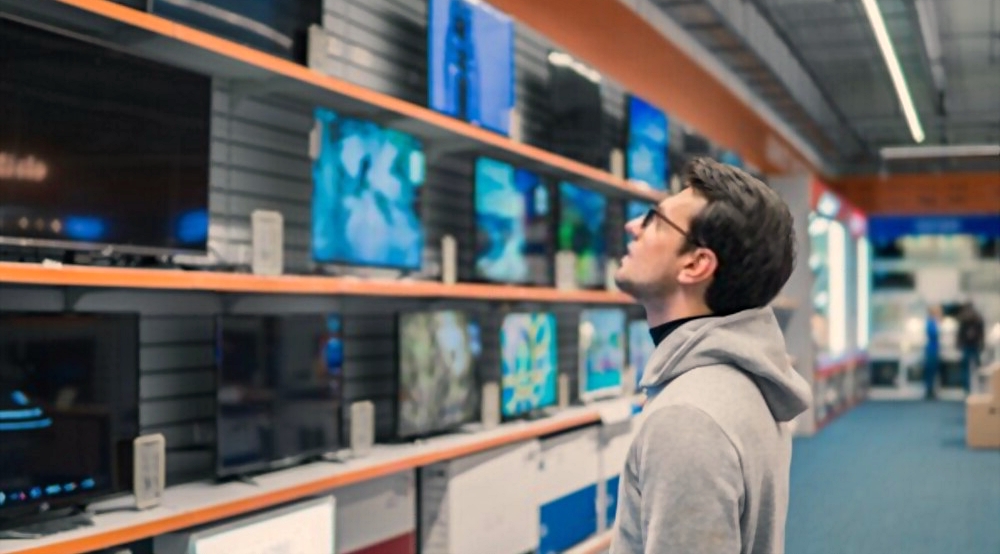
Resolution
The higher the resolution, the closer you can sit without it affecting picture quality and showing any noticeable pixelation.
A 4K TV displays four times the detail of an HD model, whilst the superior 8K screen offers an incredible eight times as much detail. These resolutions allow the ideal viewing distance to be closer to the screen. Because you can sit closer, the screen doesn’t need to be as large, and you can get away with 50’’, or smaller, and for a second set, a 32’’ screen works well.
Consider these points when buying your new TV, and you’ll be getting a screen that fulfills your requirements and allows you the best viewing experience.
If you enjoyed this page, and would like to read some of our other blogs, then consider having a look at these other pages too!



